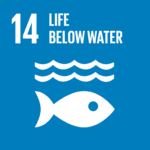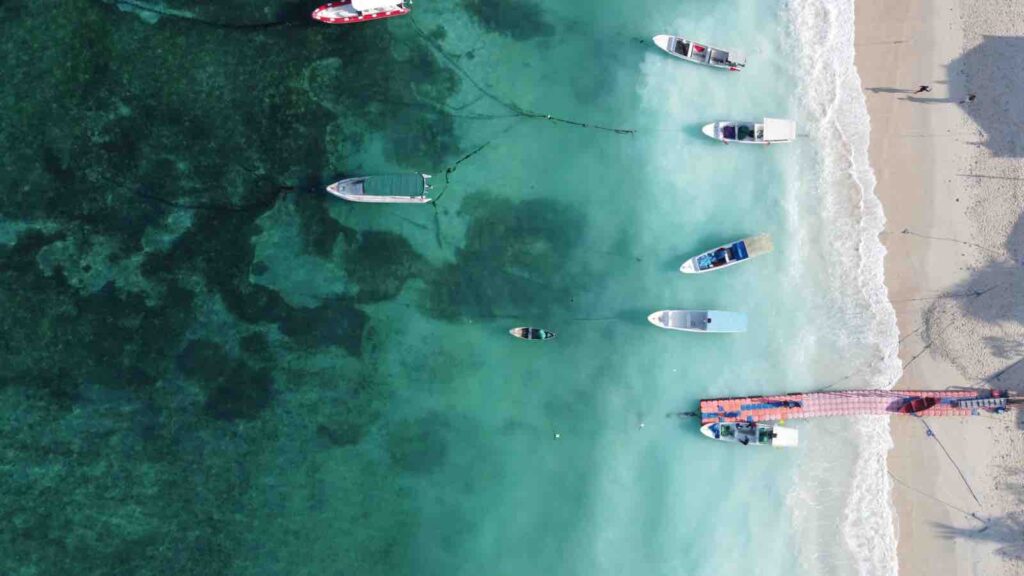A recent study revealed that Bali’s coastline shrank from 668.64 kilometers (415.47 miles) to 662.59 km (411.71 mi) between 2016 and 2021 due to human activities and wave circulation, at an average rate of -1.21 meters (3.97 feet) annually.
In a startling revelation, a recent study has found that Bali’s coastline has diminished from 668.64 kilometers to 662.59 kilometers between 2016 and 2021. This shrinkage, attributed to human activities and wave circulation, has resulted in an average erosion rate of 1.21 meters per year.
RELEVANT SUSTAINABLE GOALS



Bali’s Coastal Erosion Accelerates
The study, published on May 29 in the journal Regional Studies in Marine Science, was conducted by a team of researchers from Indonesia, Japan, and Turkey. It highlights the significant impact of human activities on coastal changes and underscores the need for integrated coastal management to balance environmental protection with the needs of coastal communities.
The southern coast of Bali, including the southwestern and southeastern shores in the regencies of Jembrana, Tabanan, Badung, Denpasar, Gianyar, Klungkung, and Karangasem, has been most affected by erosion. This pattern aligns with global trends, where 24% of the world’s sandy beaches are eroding at rates exceeding 0.5 meters per year.
Despite the erosion, the study also noted a net land increase of 1.25 square kilometers due to land reclamation and infrastructure development. However, these efforts come with increased environmental risks and potential negative consequences, including downstream coastal erosion, water quality deterioration, and sedimentation.
The researchers employed advanced geospatial methods and high-resolution imagery data covering a six-year period from 2016 to 2022, with additional data from March 2023. They conducted field surveys along Bali’s coastline, collecting data from 75 sampling points.
The Importance of Coastal Environment
Bali’s coastal regions are crucial for their socio-economic and cultural heritage, serving as settlement centers for much of the population and driving the economy through tourism. The island’s coasts also hold deep cultural, traditional, and religious significance.
The study’s findings are particularly concerning given Bali’s vulnerability to climate change impacts. A 2022 research journal indicated that 22% of Bali’s coastal areas are highly susceptible to climate change effects such as erosion, flooding, and storms, including sea-level rise.
Ketut Sarjana Putra, a senior advisor at Conservation International who was not involved in the study, emphasized the need for comprehensive modeling of coastal changes and sea dynamics related to climate change. He suggested that now is the time to evaluate coastline additions or reclamation, considering potential impacts 10 to 20 years into the future.
The researchers argue that focusing solely on environmental protection is insufficient. They recommend that Bali implement location-specific strategies to mitigate and prevent further coastal erosion while protecting valuable coastal ecosystems and critical infrastructure.
You may also be interested in :
Profit Over Nature: Hundred-Year-Old Tree In Bali Cut Down For Beach Club


